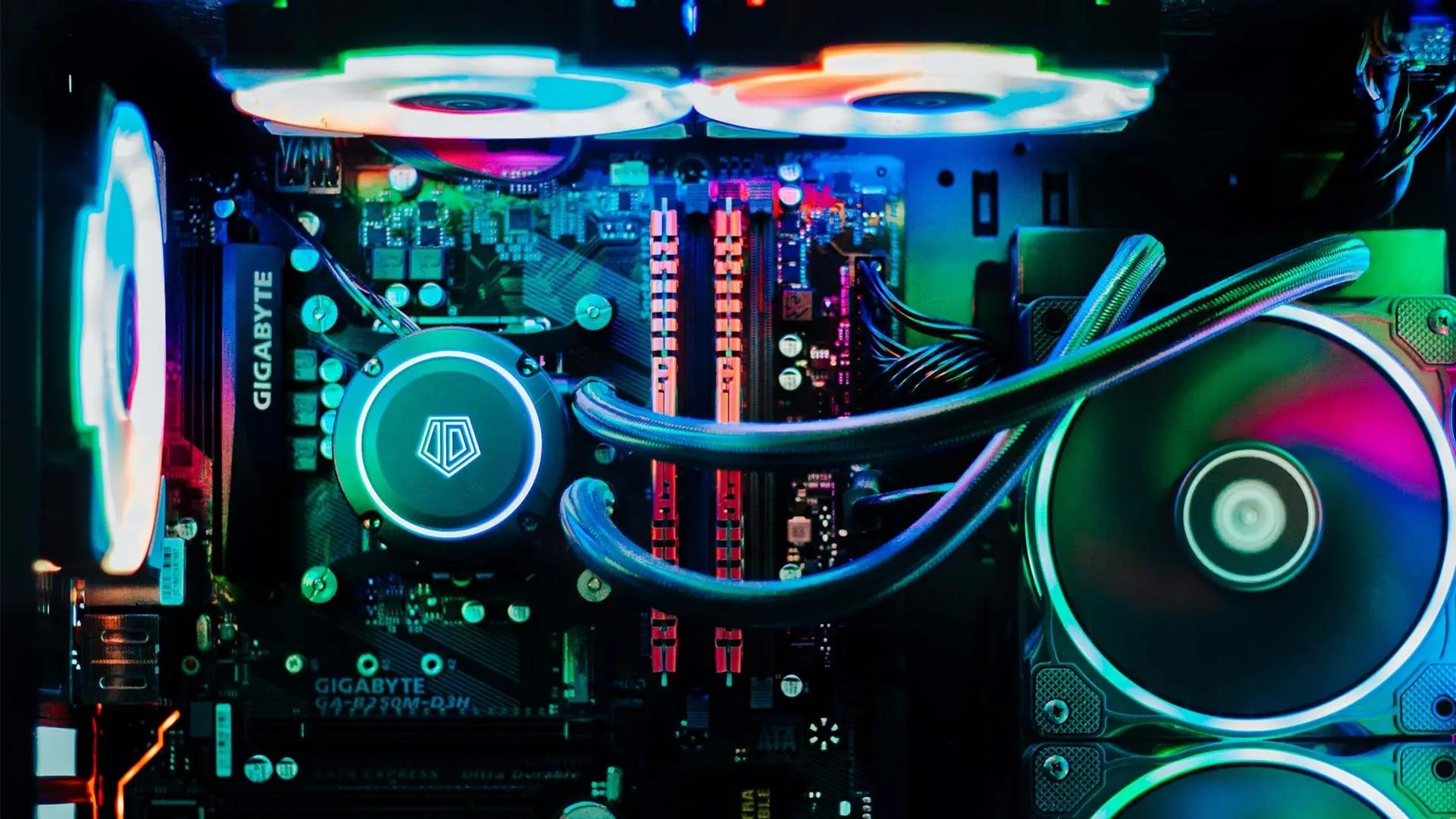Gaming undergoes constant evolution, shaped by the pace of technological progress. Among the most defining advancements reshaping this industry are cloud computing and 5G networks. These two forces dismantle long-standing limitations that were once dictated by physical hardware and latency bottlenecks.
Cloud technology and 5G move processing from local devices to high-capacity servers and connect players, platforms, and data centers in real time, supporting scalability, visual fidelity, and smooth access.
Examples of Games Reshaped by These Technologies
Open-world titles rely heavily on streaming large data environments, where cloud rendering pipelines manage terrain, lighting, and physics with no dependency on a console or desktop GPU.
Racing simulations such as those featured in professional eSports circuits load vehicle telemetry and dynamic track conditions in real time using server-based logic. In battle royales, synchronized player data and predictive movement models require continuous cloud orchestration.
In the iGaming sector, the slot format has gained from this shift as well. Spinning reels that once depended on basic random number generation now execute within high-performance server environments.
These back-end layers deliver cinematic animations, real-time jackpots, and dynamically scaling reels with zero visible delay, which previously demanded advanced local machines.
This unlocks a wider range of interactive elements and time-sensitive promotions across vast player pools. The MrQ casino slots catalog includes networked Megaways titles, real-time jackpot games, and time-limited offers like free spins, all supported through remote servers that handle instant syncing, live event triggers, and seamless wallet updates.
Real-Time Responsiveness is Redefined
Latency once defined what was playable across networks. Frame drops and delayed inputs corrupted any interaction that depended on tight timing. With 5G, transmission intervals fall below 10 milliseconds in ideal conditions, which removes that barrier.
Competitive shooters can now be hosted entirely off-device, even when precision and rapid response are essential. Fighting games leverage this capacity by running rollback netcode with server-aided prediction, making hit detection far more accurate than peer-to-peer models.
Cloud-driven matchmaking algorithms analyze session behavior, bandwidth availability, and player preferences in near real time. As a result, placement systems dynamically pair participants with compatible setups, adjusting expectations for ping ranges and bandwidth on the fly.
In past iterations, such adjustments required regional lobbies and load-balanced hubs. Now, every match becomes a micro-adjusted scenario governed by moment-to-moment diagnostics.
Graphics Processing Without a Graphics Card
Ray-traced shadows, volumetric lighting, and lifelike particle systems stream straight to mobile screens with full fidelity. Cloud rendering farms calculate every frame using data center resources before compressing and delivering them to user devices with negligible delay.
This mechanism lifts the burden from handhelds, smart TVs, or budget computers that otherwise lack graphical throughput.
High-fidelity environments found in tactical roleplaying titles benefit from cloud-based rendering of shader-heavy foliage, fog dynamics, and skin textures across large character rosters.
These features once caused severe performance degradation on client-side processors, especially when paired with audio spatialization or real-time weather variation.
Scalability and Storage Neutralization
Download sizes once controlled access. Gigabyte-heavy installs blocked players without sufficient storage or download speeds.
Cloud platforms bypass this by streaming games in modular segments. Players jump into sessions as needed, while backend layers load assets based on current progression, location, and performance context.
Persistent online worlds in some of the best MMOs or sandbox survival games rely on this framework. These platforms divide environments across cloud instances and allocate processing power based on user density. If one biome holds 300 active users while another holds 12, the server load rebalances automatically.
Developers deploy version increments on the server side, and players see changes instantly without update prompts or file patching.
Daily events, seasonal mechanics, or time-gated challenges deploy without interfering with playtime, even on low-capacity systems.
Broader Synchronization Across Devices
Cross-platform integration gains consistency when devices access a single authoritative server environment. Progression, match history, and achievement systems synchronize cleanly because state data lives within the cloud infrastructure. Local saves fade from relevance as session continuity spans consoles, PCs, tablets, and mobile devices.
Rhythm-based games that require calibrated input timing achieve consistency across disparate screens, as latency compensation adjusts based on connection metadata and frame delivery timestamps.
Multiplayer party titles distribute load by allocating UI rendering and animation to the client, while keeping score handling and logic execution on the host instance.
Bringing Together Scale, Performance, and Accessibility
What emerges from the pairing of cloud computing and 5G is not a collection of novelties or incremental upgrades. Instead, it forms an infrastructure that allows software to exceed prior constraints without enforcing costly hardware cycles.
Game types that demand persistent updates, server-authored logic, and multi-device parity thrive under these systems.
The result is a software-first framework that aligns access, performance, and iteration across a unified delivery model.
What once belonged only to top-tier rigs becomes standard across connection types, bringing parity to players through architecture rather than hardware.


